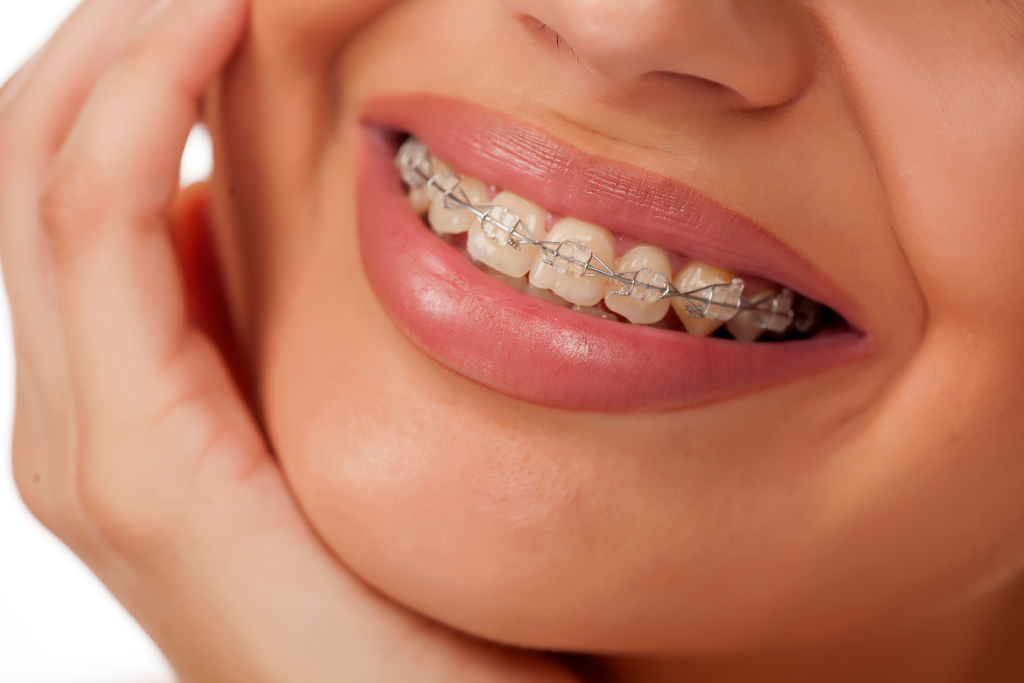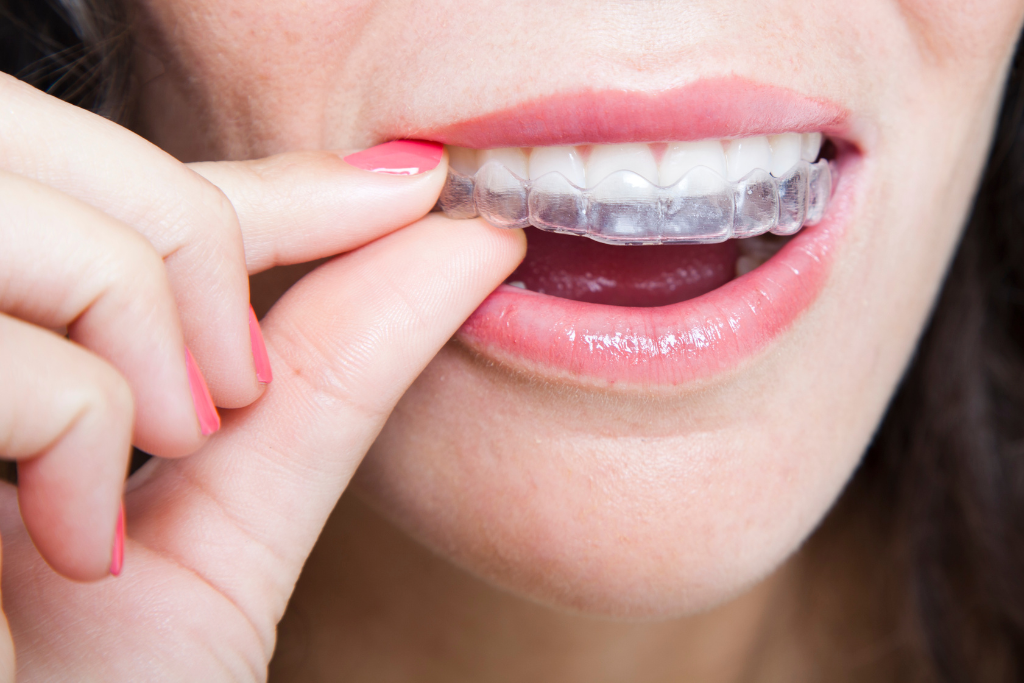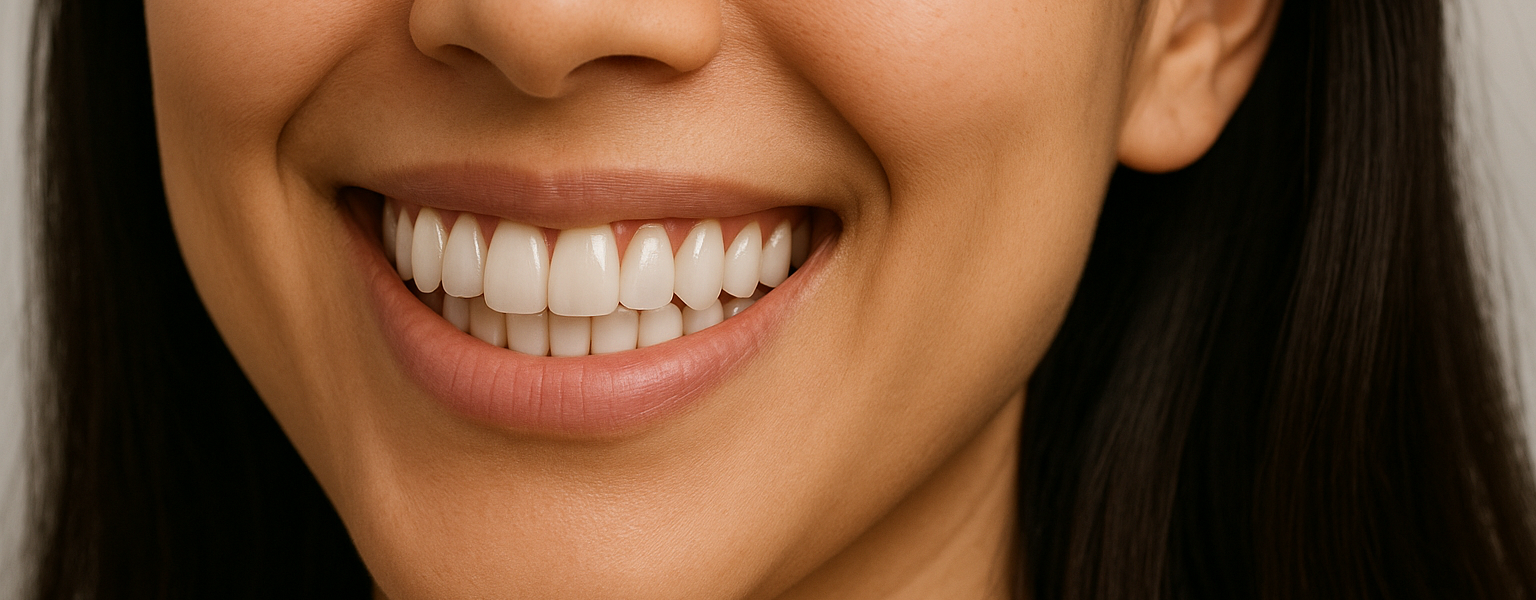Thinking about straightening your teeth but not sure whether to go with clear aligners or clear braces? You’re definitely not alone. For many people, getting started with orthodontic treatment can feel like stepping into a world of unfamiliar options and terminology.
The good news is that both clear braces and clear aligners, such as Invisalign, are designed to do the same thing: straighten your teeth in a way that is much more discreet than traditional metal braces. But they go about it in different ways, using different materials, and they tend to suit different lifestyles and routines.
Knowing what sets them apart, and how those differences might fit into your daily life, can make it much easier to figure out which one is the better match for you. Let’s explore the differences together.
What Are Clear Aligners and Clear Braces?

Clear aligners are thin, transparent trays made from medical-grade plastic. You wear them over your teeth, and they gently guide your teeth into position. Each set is custom-made for your mouth and designed to be worn for a short period before switching to the next.
Clear braces, on the other hand, use tooth-coloured or clear brackets that are fixed to your teeth and connected by a wire. They work like traditional braces but with a more subtle appearance. The wire applies steady pressure to gradually move your teeth into better alignment.
How Do They Work?
Clear aligners follow a step-by-step plan created using digital scans of your teeth. You wear each tray for about one to two weeks, usually 20 to 22 hours per day, removing them only when eating, drinking anything besides water, or cleaning your teeth. Each tray applies targeted pressure to shift certain teeth at each stage.
Clear braces stay attached throughout your treatment. Every few weeks, your orthodontist adjusts the wire to guide your teeth into their next position. This method relies on consistent pressure across the entire system and is well suited for more complex alignment needs.
Who Is a Good Candidate for Clear Aligners?
Clear aligners are often suitable for:
- Adults and older teens with mild to moderate misalignment
- People who are disciplined about wearing aligners as instructed
- Individuals looking for a discreet and removable option
They are especially appealing for those who value flexibility and aesthetics, but they may not be ideal for complex dental issues or younger patients who may not wear them consistently.
When Are Clear Braces a Better Option?
Clear braces are generally recommended for:
- Cases involving more significant tooth movement or bite correction
- Patients who prefer not to manage removable trays
- Individuals who require more precise or controlled adjustments
Because they stay on your teeth at all times, clear braces are a more reliable option for people who may struggle with the commitment required by aligners.
How Do Appearance and Aesthetics Compare?
If discretion is your top priority, both options offer subtlety, but in different ways:
- Clear aligners are nearly invisible from a short distance, especially when kept clean and well-fitted.
- Clear braces are less noticeable than metal braces but still visible upon close inspection due to the brackets and wires.
Aligners may look more “invisible,” but clear braces remain discreet enough for many adults, particularly in professional or social settings.
What About Daily Life and Maintenance?
Clear aligners:
- Need to be removed before eating or drinking anything other than water
- Require brushing and rinsing before reinsertion to prevent staining and decay
- Are easy to clean using soft brushes or cleaning solutions
Clear braces:
- Do not need removal but require extra care when brushing and flossing
- Can be prone to food getting stuck around brackets, increasing the importance of oral hygiene
- May limit certain foods that could damage the brackets, such as hard or sticky snacks
Your daily routine and willingness to adapt your habits may influence your choice here.
Is One Option More Comfortable?

Many people find clear aligners more comfortable because they don’t involve wires or brackets that can irritate the inside of the mouth. However, some discomfort is normal when switching to a new set of trays.
Clear braces can cause irritation at the beginning, especially around the lips and cheeks, but dental wax can help reduce this. They also create consistent pressure, which may lead to soreness after adjustments.
How Long Does Each Treatment Take?
Treatment time varies based on individual needs, but:
- Clear aligners typically take 6 to 18 months for mild to moderate corrections
- Clear braces may take 18 to 24 months, depending on case complexity
More severe cases may require longer treatment, and adherence plays a major role. With aligners, skipping wear time can extend the process, while fixed braces continuously work regardless of your habits.
What’s the Cost Difference?
The cost of treatment can vary depending on several factors. These include the complexity of your dental condition, the experience and fees of your provider, and the type of technology involved in your treatment plan.
Clear aligners are often priced similarly to clear braces and can sometimes cost slightly more, particularly when using premium brands. Clear braces may be more cost-effective for cases that require more significant tooth movement.
Summary: How Do You Decide?
Choosing between clear aligners and clear braces really comes down to what fits best with your lifestyle and preferences. If you want something nearly invisible and feel confident you can stick to the daily wear schedule, clear aligners could be a good match. On the other hand, if you’re dealing with more complex alignment issues or would rather not think about removing trays throughout the day, clear braces might feel more straightforward and reliable.
It is not always an easy decision, and that is completely okay. Speaking with a dental professional can help you understand what will work best for your smile and routine. Everyone’s teeth and habits are different, so it is worth getting advice that is tailored to you.





